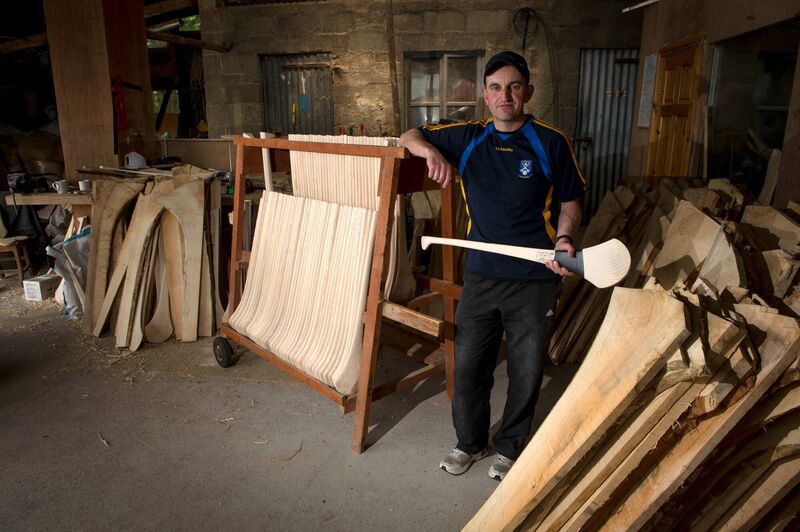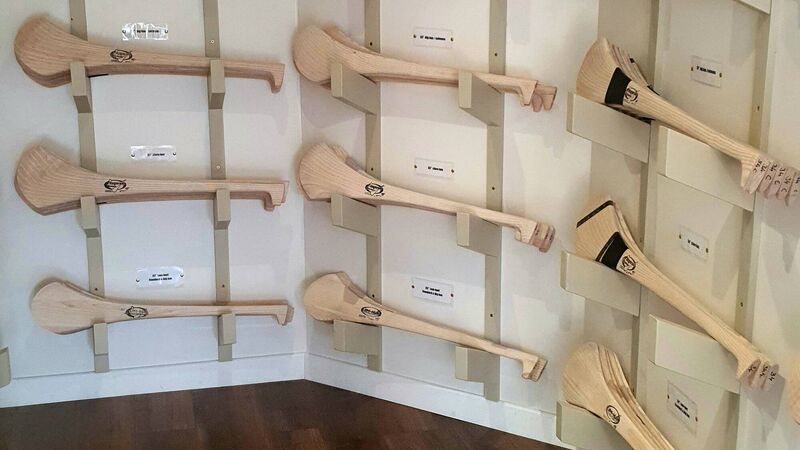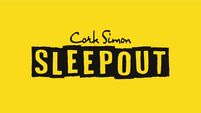Cork hurley makers: Masters of a great Irish art form despite issues with ash

Conor Lehane of Cork in action against Sean Finn of Limerick using a Liam Walsh hurley. Picture: David Fitzgerald/Sportsfile
HURLEY making is undoubtedly one of the true great Irish art forms.
Each plank of ash is completely unique. Players can go to their favourite hurley maker and get a bespoke stick tailored to their specific requirements and preferences.
Unfortunately, this may not be the case for much longer. The traditional way of is severely under threat due to a fungal disease known as Hymenoscyphus fraxineus. To the layman it is Ash Dieback Disease.
This disease originated in Asia and raced across the continent of Europe and, unfortunately, to these shores, with it first being detected here in October 2012. Hurlers all over Ireland would be affected by this, but the people who will be affected most are the skilled craftsmen who make the sport’s great instrument.
Only the lost, the local, and those looking for a decent hurley find themselves on the boreen east of the village of Lisgoold that leads up to Liam Walsh’s.
“Our future is very uncertain,” he explains.
“It’s a big concern going forward. Ash is the only timber for hurling.”
That’s the entire issue in a nutshell.
“With the ash, it’s very labour intensive, making hurleys. You have to put a lot of work into even one hurley, to get the balance right. Balance is key in a hurley. You have to put the work into them to keep the customer happy.”

Walsh laughs at the idea of an All-Ireland hurling final in the not-too-distant future where 30 players take to the pitch armed with bamboo hurleys.
“We’ll keep searching for the ash. Most of it is coming from the UK, or some from Ireland, where I get it from. The younger trees in Ireland seem to have very little resistance from it, whereas the older trees in the UK, it doesn’t affect them as badly. Probably three-quarters of my stuff would be coming from the UK.”
Some hurley makers have been importing ash from the likes of Poland and Ukraine.
"The Irish stuff is probably the best and the UK stuff is probably the second best. But it’s hard to know, we’re only taking it year by year, or even six months by six months.”
There might be the option of obtaining costly ash from different parts of the world.
“The ash in America is affected by this emerald ash bore that drills into the timber. Years ago we used to get ash in America for the hurleys alright but the ash out there is being decimated — it’s like a beetle, that bores into the timber. So, you’d think that would be an option. Parts of America or Canada, around Vancouver or Seattle would have similar climate to here. It used to come from the west coast before.”
There seems a sense of blind faith regarding the future of hurley making right now: “We’re only just rattling away at the moment.
When you park up in the car park of Fitzgerald’s Hurleys on the edge of Araglen and walk towards the shop you are in county Cork, but county Tipperary is literally just a Noel McGrath hand pass over the ditch on the right, while a 180-degree pirouette and a solid Brick flick would see you send a sliotar to county Waterford down by the gate.

Founder Michael Fitzgerald may be concerned regarding the future of the industry but is trying to do something about it with what they refer to as ‘an innovative new hurley called the Lam-Hurl’. They use wood from higher up the tree to form the bas of hurley with a promise that there will be no loss in the strength and durability of the hurley. This production method brings a degree of sustainability but it is no panacea either as ash is obviously still required.
We are not without hope. Teagasc is looking to establish a gene bank of ash tolerant to ash dieback with the aim of planting this more reliant ash nationwide.









 App?
App?







